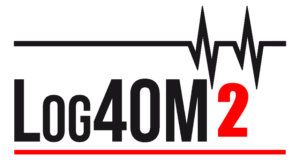JTDX v2.1.0-rc147
– major defect in FT8 decoder fixed for 64bit builds, affected all previous Linux/Mac 64bit JTDX builds: improved FT8 decoder efficiency and decreased decoding time
– JTDX-win64 build is made under Qt 5.14.0, approximately 1.6 times faster in decoding FT8 signals (tested with 4 threads) on overcrowded band versus JTDX-win32 built under Qt 5.5
– reworked meter stuff, now should be also bulletproof around enabling meter for rigs where it is not supported. RF output power indication should work with Icoms: ic7000, ic7100, ic7200, ic7300, ic7410, ic756pro3, ic7600, ic7610, ic7700, ic7800, ic785x with new introduced RFPOWER_METER level function.
– attempt to get S-meter indication for Yaesu ft100,ft450,ft600,ft736,ft757gx,ft950,ft1000mp,ft1200,ft2000,ft5000,ft9000
– attempt to enable RF output power indication for new Yaesu radios using newcat protocol
– reworked S-meter indication for any new Yaesu radio where newcat protocol being used
– FT8 FT4 decoders shall clear in current interval audio frames received prior to the band change
– attempt to prevent “CQ DE AA00” false message created by FT8 decoder
– allow to set AF RX frequency below 200 Hz
– status bar: date format is changed to DD.MM.YYYY
– LoTW users file is updated, cty.dat is updated to CTY-3001 version
– JTDX 2.1.0-rc147 is built with modified Hamlib v20200123

